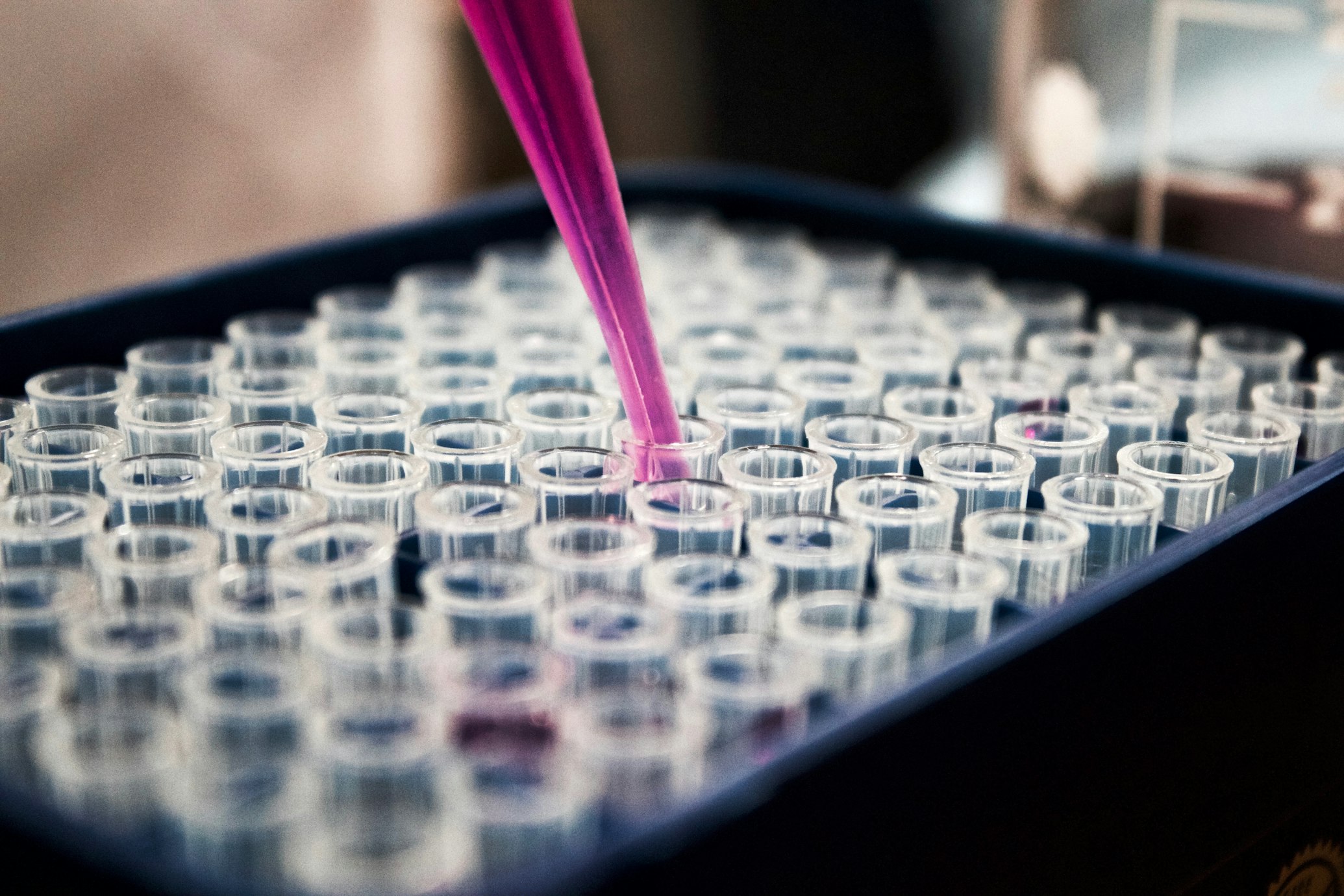Silica Whispers
How Molecular Impressions in Glass Could Revolutionize Sensing
Article Navigation
The Invisible Detectives
Imagine a material that remembers the shape of a molecule like a key fitting into a lock—a synthetic "memory" engineered at the nanoscale. This is the promise of molecularly imprinted sol-gel materials, a fusion of ancient glassmaking techniques and cutting-edge nanotechnology. As the world faces unprecedented challenges—from pandemic-era diagnostics to environmental pollutants—these "smart glasses" are emerging as unsung heroes in chemical sensing. Their secret lies in combining the robustness of ceramics with the molecular precision of artificial receptors, creating sensors that outperform fragile biological counterparts in harsh environments 1 3 .
- High thermal stability
- Molecular recognition
- Chemical robustness
- Customizable porosity
- Pathogen detection
- Water quality monitoring
- Medical diagnostics
- Industrial process control
The Alchemy of Sol-Gels
From Liquid to Detective Glass
The sol-gel process transforms humble liquids into sophisticated porous materials through a graceful dance of chemistry:
- Solution Stage: Silicon or metal alkoxides (like TEOS) dissolve in solvent
- Hydrolysis: Water molecules break alkoxide bonds, creating reactive sites
- Condensation: Reactive sites link into a 3D network—the "gel"
- Aging & Drying: Pores form as solvents evaporate, leaving a ceramic matrix 3

Why Sol-Gel Outshines Traditional Polymers
| Property | Traditional Polymers | Sol-Gel Materials |
|---|---|---|
| Thermal Stability | Degrades >150°C | Stable up to 600°C |
| Porosity Control | Limited | Tunable pore sizes (1-100 nm) |
| Synthesis Temperature | High energy needed | Room-temperature process |
| Optical Clarity | Often opaque | Glass-like transparency |
| Bio-compatibility | Variable | Excellent for biomolecules |
This low-temperature alchemy allows delicate molecules (enzymes, antibodies, drugs) to be embedded unharmed within the glassy matrix—a feat impossible with conventional high-temperature glass production 5 .
Molecular Memory: Imprinting Nanoscopic Traps
Sculpting Cavities with Chemistry
Molecular imprinting within sol-gels creates "artificial antibodies" through a four-step molecular sculpture:
Case Study: Core-Shell Nanospheres Hunt Proteins
The Quantum Leap Experiment
A landmark 2025 study demonstrated how sol-gel imprinting creates molecular bloodhounds. Researchers engineered core/shell molecularly imprinted nanoparticles (CS-MI-NPs) to detect streptavidin (a critical diagnostic protein) at ultra-low concentrations 6 .
Methodology: Precision Engineering
- 22–63 nm silica nanoparticles grown from TEOS
- Surface modified with amine groups using APTES
- Streptavidin templates mixed with functional monomers (2-HEMA, DMAEA)
- Radical polymerization triggered around templates
- Shell thickness controlled at 8–12 nm
- Washed with SDS/acid to remove streptavidin
- Confirmed by fluorescence disappearance
- Nanoparticles immobilized on quartz crystal sensors
- Binding measured via frequency shifts 6
Nanoparticle Performance Metrics
| Parameter | Imprinted NPs | Non-Imprinted NPs |
|---|---|---|
| Surface Area | 260–270% increase | Baseline |
| Streptavidin Retention | 34–37% | 6–12% |
| Detection Limit | 2.8 nM | Not detectable |
| Binding Affinity (Langmuir) | K0 = 105 M-1 | No specific binding |
Results That Resonate
When exposed to complex mixtures, the sensors:
- Detected streptavidin at 2.8 nM concentrations—comparable to ELISA kits
- Ignored similar proteins (e.g., albumin) with >90% selectivity
- Recognized tannins in wine additives, distinguishing proanthocyanidins from gallic tannins 6
"The synergy of sol-gel stability and molecular imprinting precision creates sensors that perform like antibodies but work in environments where biology fails."
The Scientist's Toolkit
Essential Reagents for Sol-Gel Sleuths
| Reagent | Function | Innovation Edge |
|---|---|---|
| Tetraethyl orthosilicate (TEOS) | Sol-gel backbone | Forms stable, porous silica matrix |
| 3-Aminopropyltriethoxysilane (APTES) | Surface functionalizer | Enables covalent imprinting |
| Trimethylolpropane trimethacrylate (TRIM) | Cross-linker | Creates rigid, high-affinity cavities |
| Dummy templates (e.g., dihydroxybiphenyl) | Non-toxic imprinting | Avoids template leakage in trace analysis |
| Acetic acid catalyst | Controls hydrolysis rate | Fine-tunes pore size distribution 3 6 |
Beyond the Lab: Whispering Glasses in Action
These "silica whispers" are already speaking volumes across industries:

Pandemic Response
COVID-19 detectors using virus-imprinted sol-gels achieved 99.9% accuracy in pathogen neutralization 1

Environmental Guardians
Sensors for pesticides (e.g., 2,4-D) in water with 0.01 ppb sensitivity

Personalized Medicine
Wearable sweat sensors monitoring drugs like procainamide for cardiac patients 7
In the quest to make materials with "molecular memory," sol-gel imprinting isn't just creating better sensors—it's teaching glass to dream of molecules.